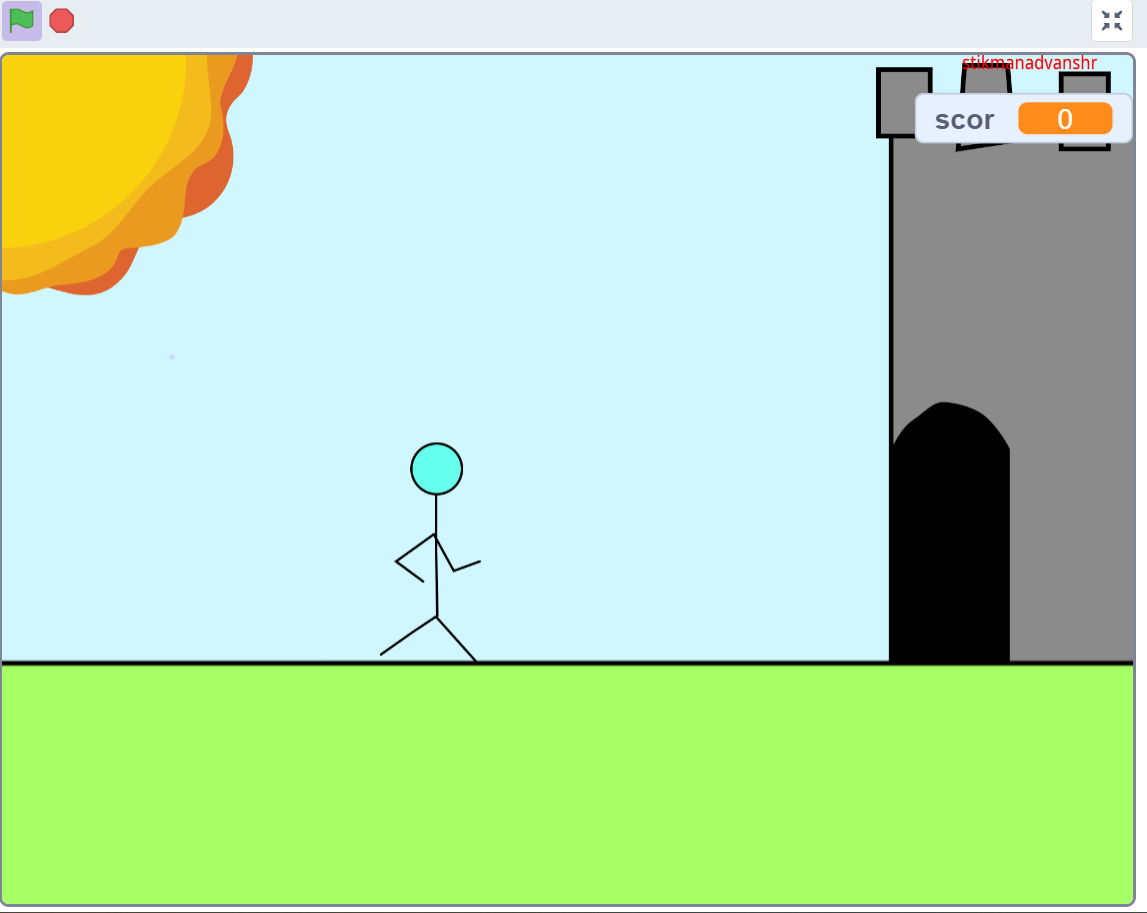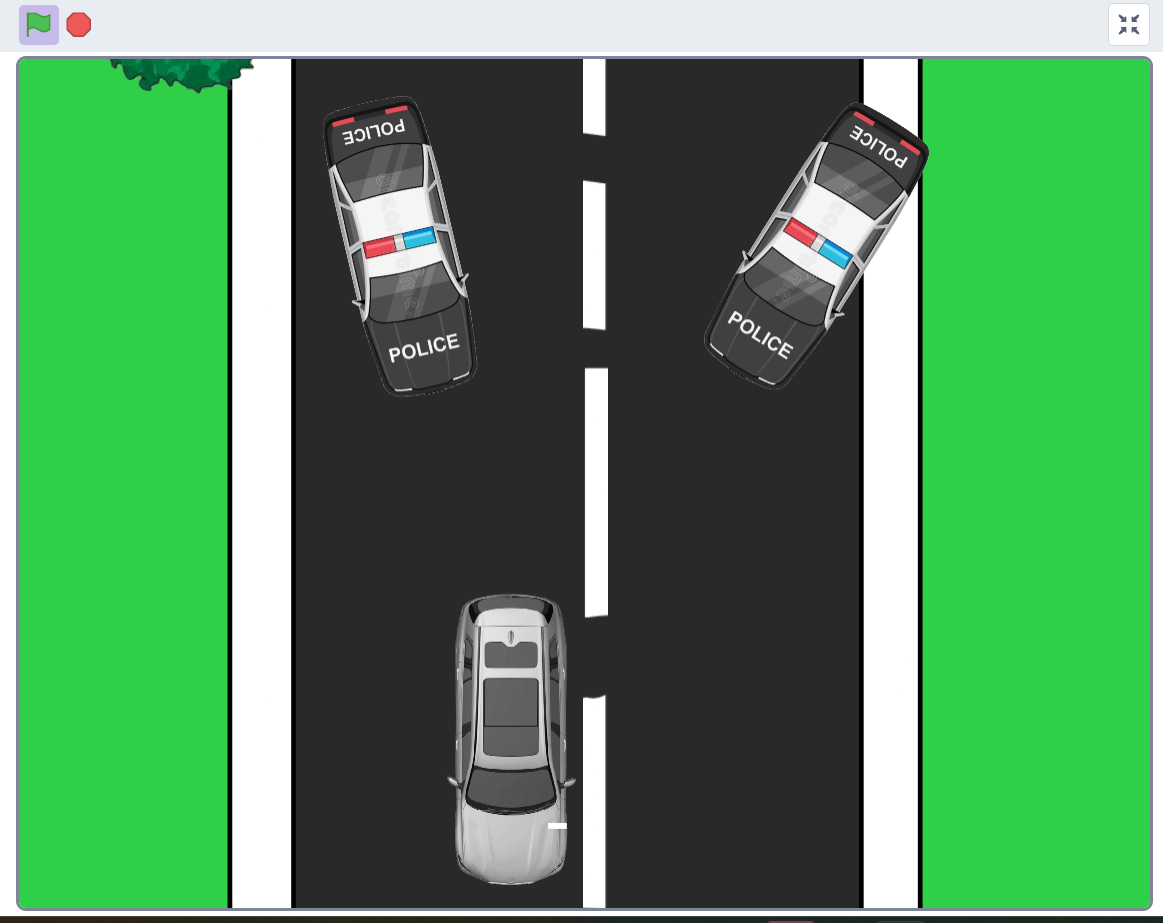Benefits of Learning Scratch Block Coding
1. Introduction to Programming Concepts
- Basic Logic and Algorithms: Scratch introduces fundamental programming concepts like loops, conditionals, variables, and events in a visual and intuitive way.
- Sequential Thinking: Scratch teaches users how to think in a step-by-step manner, which is crucial for solving problems in programming.
2. Enhanced Problem-Solving Skills
- Creative Problem Solving: Users learn to break down complex problems into smaller, manageable parts, fostering critical thinking and problem-solving abilities.
- Debugging: Scratch encourages learners to experiment, test, and debug their projects, which is a valuable skill in any programming language.
3. Encourages Creativity and Imagination
- Multimedia Projects: Scratch allows users to create interactive stories, games, and animations, combining coding with creativity.
- Personal Expression: Learners can express their ideas visually, incorporating images, sounds, and animations into their projects.
4. User-Friendly and Accessible
- No Syntax Errors: Since Scratch uses blocks instead of text, users don't have to worry about syntax errors, making it easier for beginners to focus on logic and structure.
- Immediate Feedback: Changes and results are visible instantly, providing immediate feedback and a more engaging learning experience.
5. Community and Collaboration
- Global Community: Scratch has a large online community where users can share their projects, get feedback, and learn from others.
- Collaborative Learning: Learners can collaborate on projects, remix others' work, and learn through peer interaction.
6. Foundation for Future Learning
- Gateway to Advanced Programming: The concepts learned in Scratch provide a solid foundation for transitioning to more complex programming languages like Python, JavaScript, or C++.
- Confidence Building: Success with Scratch can build confidence and motivation, encouraging learners to pursue further studies in computer science.
7. Development of Soft Skills
- Project Management: Creating a Scratch project requires planning, design, and execution, which are key skills in project management.
- Presentation Skills: Learners often present their Scratch projects, helping them develop communication and presentation skills.
8. Fun and Engaging Learning
- Interactive Learning: The visual and interactive nature of Scratch makes learning to code fun and engaging, especially for younger audiences.
- Motivation Through Play: Gamified elements and the ability to create games can increase motivation and make learning feel more like play than work.
9. Educational Integration
- Cross-Disciplinary Applications: Scratch can be integrated into various subjects like math, science, and art, making it a versatile tool for educators.
- Support for Diverse Learners: Its visual approach is particularly beneficial for students with learning differences or those who might struggle with traditional text-based coding.
Scratch Projects
Contact Me
shoucair@gmail.com
Norway, Europe
+47 91299368



